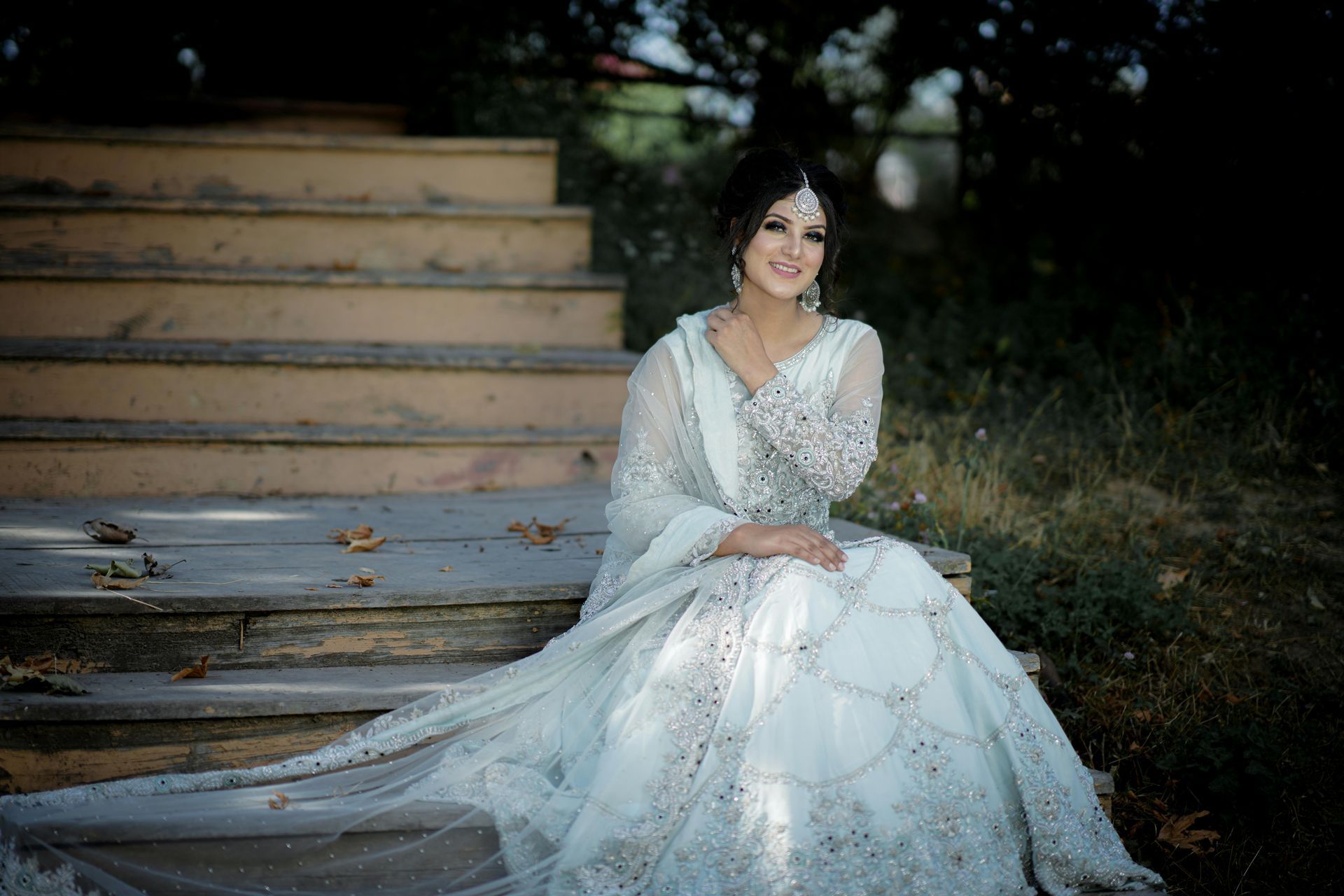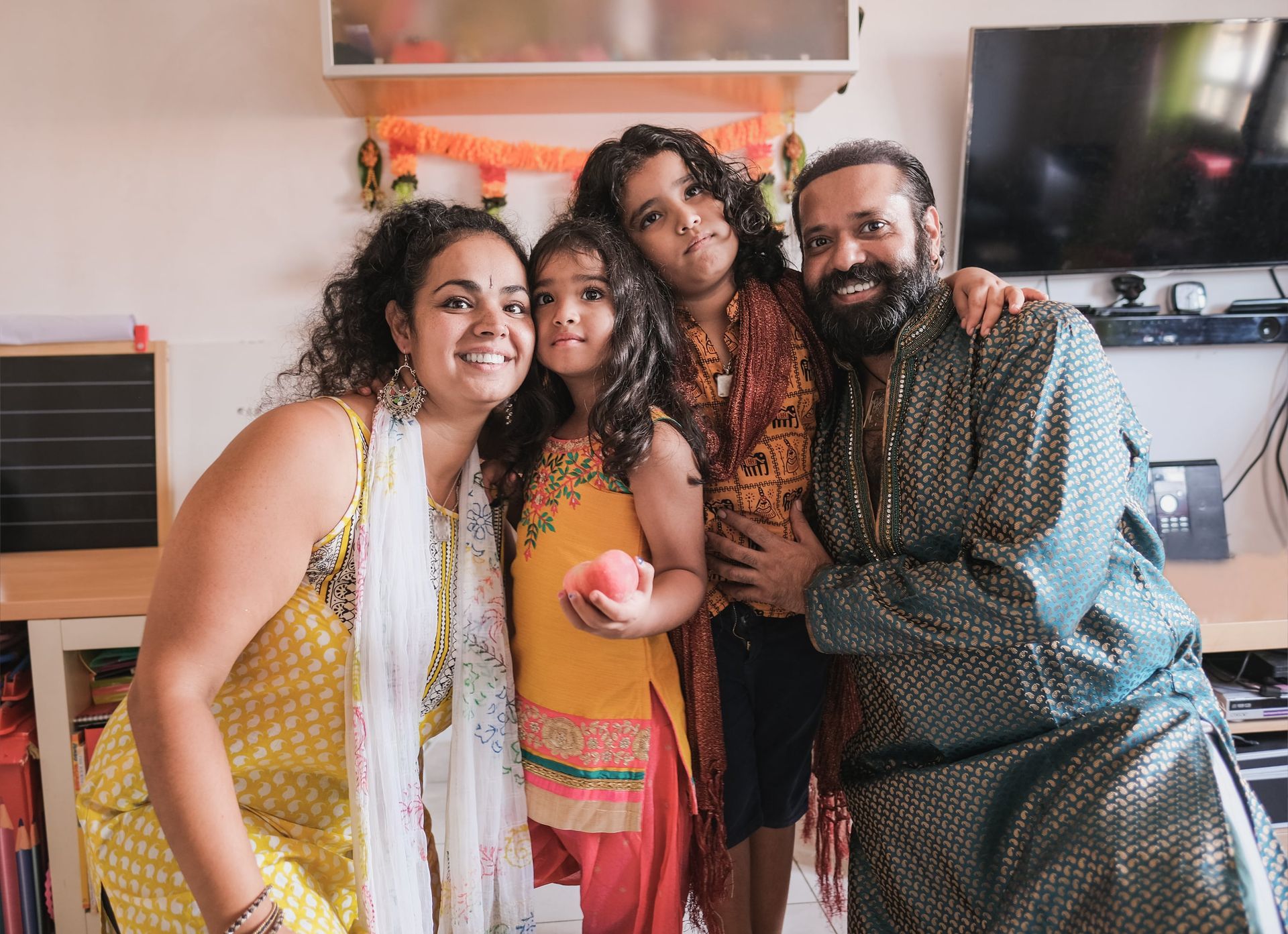Reclaiming the Dupatta - Cultural Identity, Appropriation, and the Path to Healing
Understanding the "Scandinavian Scarf" Controversy and Its Deeper Effects on Cultural Identity and Mental Well-Being

In early 2024, a viral TikTok labeled the traditional South Asian dupatta as a “Scandinavian scarf,” calling it an elegant, minimalist accessory. For many South Asians, this was more than a fashion faux pas—it was a painful reminder of how often their culture is dismissed and looked down upon until it becomes trendy such as hair oiling, turmeric, yoga, among many others. This blog explores why this controversy hit such a nerve, why many South Asians (BIPOC) individuals are calling out the double standards, and how therapy can support those navigating the emotional weight of cultural appropriation.
Dupatta is Simply Not Just a Fancy Piece of Clothing
More than a lightweght scarf or coverup, the dupatta serves a deeper meaning and is deeply woven into South Asian identity, culture, and history. Across regions, religions, and generations, the dupatta has for many a century stood as a symbol of modesty, tradition, femininity, and connection. The dupatta carries meaning, whether draped over the head during prayer or flowing alongside a lehenga at a wedding. The current Western trend of reducing such a symbolic piece of fabric to a mere aesthetic accessory, rebranding it with a Eurocentric, Scandinavian label, erases the rich context within which it exists. This is not simply cultural misnaming—it is cultural misrepresentation and appropiration.
The Emotional Weight of Cultural Appropriation
Cultural appropriation is not a new conversation, but each instance reopens old wounds—especially for BIPOC and immigrant communities. For these communities, the emotional impact goes beyond discomfort. It serves as a painful reminder of their colonial past, the psychological wounds of colonization, and the enduring struggle for autonomy. These memories are interwoven with collective trauma—familial narratives of systemic violence, forced separation, and cultural erasure. The imprint of this trauma echoes across generations, subtly shaping identities, relationships, and emotional landscapes.
- It reminds people of being mocked or shamed for their traditional clothing.
- It triggers memories of trying to fit in by suppressing visible markers of culture.
- It reinforces the painful idea that cultural expression is only acceptable when adopted by the dominant culture.
This was never about gatekeeping but about safeguarding identity and honouring inherited legacy.
Cultural Dissonance: When Identity Feels Split
A common yet unspoken struggle among South Asians (BIPOCs) and immigrants is cultural dissonance. This is the internal tension that arises when two cultural worlds collide, leading to scripts such as being told not to wear traditional clothes because they’re “too much,” “too loud,” or “unprofessional.”. You are told to try and blend in, to assimilate, and model what a model citizen should act like, which is shedding your culture and embracing the one you find yourself in now.
It is not shocking that watching others wear similar items, now praised as “elevated,” "chic," “boho,” or “minimalist” can cause us to experience a cultural whiplash, giving way for complicated feelings like pride regarding our heritage yet struggling with feeling unsafe in expressing that pride. This push and pull creates identity confusion, resentment, and a sense of invisibility. It can lead to feelings of shame, alienation, feeling less than, pressure to conform, or the belief that your cultural self must stay hidden to be accepted.
How Therapy Can Help
At Empowering Roots Therapy, we often sit with clients who are working through the emotional aftershocks of moments like this that are rooted in subtle forms of racism and oppression. The microaggressions while seemingly minor and unimportant can give rise to a cascade of emotional and mental challenges.
Therapy can offer a space to:
- Grieve the erasure or distortion of cultural identity
- Process anger and betrayal around appropriation
- Explore memories tied to clothing, family, belonging, and identity
- Rebuild self-worth and cultural pride
Healing is never about rejecting one world for another. It is about meaningfully integrating both. Therapy helps you untangle what you’ve been taught to hide and make space for who you truly are.
To some, the 'Scandinavian scarf' trend might seem like a minor misunderstanding. But for many, it has unearthed deeper pain—highlighting a lifelong struggle of feeling unseen or misrepresented. For others, it has served as a jumping-off point, sparking meaningful conversations within communities about what it means to be accultured, respectful, inclusive, and whole.
If this controversy stirred something in you—anger, grief, confusion—know that you are not overreacting nor are you alone in this. You are responding to a lifetime of messaging that your culture only matters when divorced from you.
You deserve to be proud of where you come from. Your culture is not a trend—it’s a story worth honouring.
If you are ready to explore your story in a safe and affirming space, we are here to walk alongside you.
👉 Learn more about culturally responsive therapy at Empowering Roots. Book a free consult today.
Recent Posts

Are you Looking For a Therapist Who Works With The South Asian Population in Brampton?
Finding a therapist who understands the unique pressures, fears, and challenges faced within the South Asian community can make all the difference in your healing journey. I know that cultural expectations, family dynamics, and personal struggles often feel overwhelming and can sometimes make it hard to reach out for support.
In my practice, I bring a deep understanding of these experiences, offering a space where you can feel truly seen, heard, and supported without judgment. Together, we’ll work toward breaking cycles, setting boundaries, and finding ways to honor your own needs while respecting your roots.
If you're ready to explore how therapy can support you, I invite you to book a free 15-minute consultation. Let’s talk about how we can work together to help you find relief, strength, and clarity.





